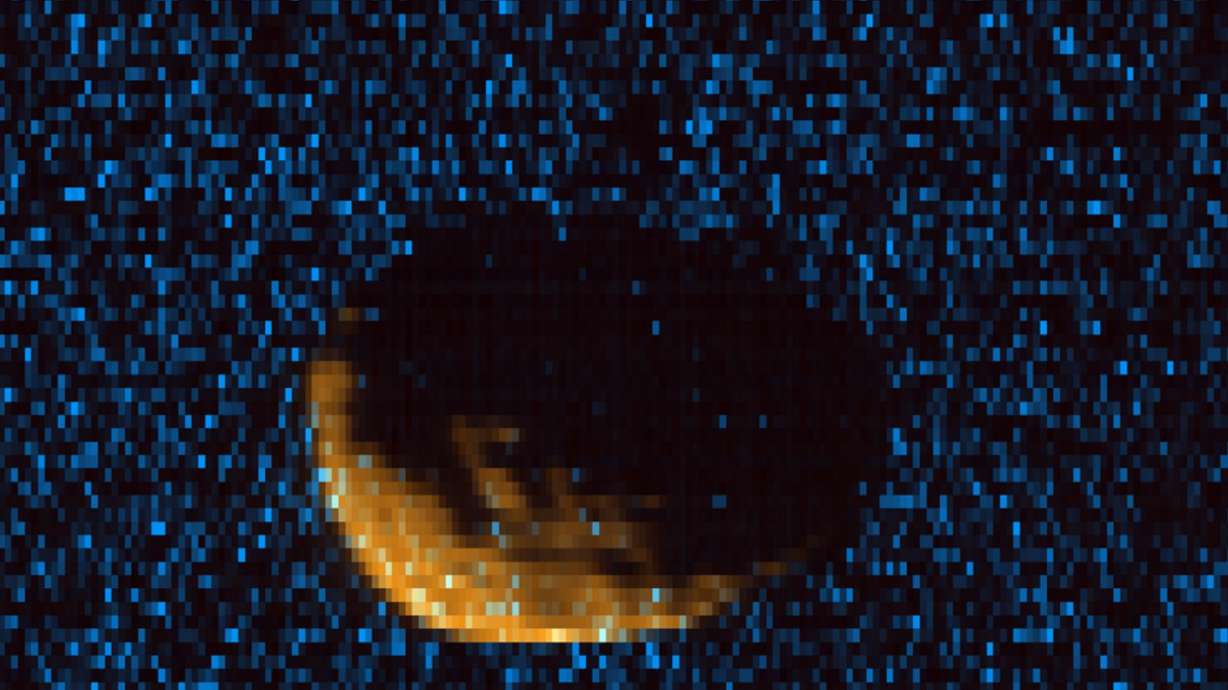Estimated read time: Less than a minute
This archived news story is available only for your personal, non-commercial use. Information in the story may be outdated or superseded by additional information. Reading or replaying the story in its archived form does not constitute a republication of the story.
SPACE — NASA scientists are closer to understanding how Mars' moon Phobos was formed thanks to the Mars Atmosphere and Volatile Evolution (MAVEN) mission.
The MAVEN mission was launched by NASA in November 2013 with the goal of exploring the red planet's upper atmosphere and ionosphere to better understand Mars' history.
The mission "made a series of close approaches to the Martian moon Phobos, collecting data from within 300 miles of the moon," NASA wrote in a press release.
The observations were made using the Imaging Ultraviolet Spectrograph instrument aboard MAVEN.
Among the data collected were spectral images of the moon in ultraviolet. These images will allow scientists to study the moon and learn if it was formed in orbit around Mars or if it is a captured asteroid. The data will also help scientists look for organic molecules on the surface.










